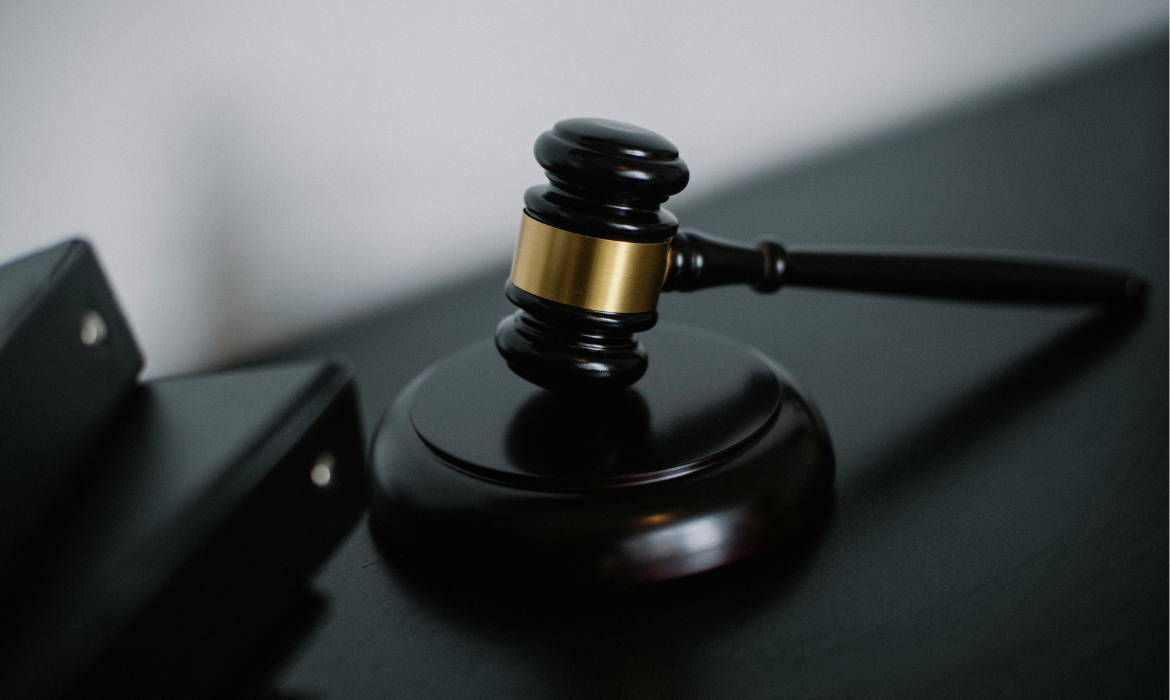
Digital services are becoming increasingly important for government, and AI is certain to play a major role in this. How great would it be to have a personal AI assistant that answers all your questions about our laws and regulations, tailored for your specific situation, in a language you can understand? But we know that GPT based applications still tend to make up answers, the well known “hallucinations.” So how can we ensure that the answers are reliable? This was the central question in the project Wegwijs in Regels (Navigating the Rules - WetGPT), one of twenty initiatives in 2024 that received innovation funding from the Ministry of the Interior and Kingdom Relations (BZK).
At Y.digital, we were involved from the very beginning. Together with several government organizations and Hooghiemstra+Partners, we helped design and build an AI solution that demonstrates how generative AI can be deployed in a reliable and explainable way in a legal context. This is exactly what energizes our team: tackling a complex social challenge alongside other stakeholders, and translating our AI expertise into a solution that meets all requirements.
Laws and regulations form a vast and complex domain. Even for lawyers and government employees, finding the right information quickly and interpreting it correctly is a challenge. This costs time, money, and energy, and slows down service delivery to citizens and businesses.
In WetGPT, we therefore designed a solution in which legal knowledge is first made explicit in so-called knowledge graphs. These provide a legal foundation, ensuring the AI doesn’t make up answers, but instead always shows the transparent source for its responses. The French language model Mistral was used, but it can also be replaced by other models such as the Dutch GPT-NL. We chose open-source technology so that government organizations can retain control over their digital tools and data. This makes the technology future-proof and aligned with our vision of transparency and autonomy. Equally important was the close collaboration between public and private partners, ensuring that the solution was truly driven by a shared societal mission.
WetGPT demonstrates that generative AI can produce reliable answers, through its combination with knowledge graphs. This opens the door to AI assistants that are trustworthy partners in making our laws and regulations accessible and applicable. With this approach, we take a significant step from pilot projects toward real-world implementations. Curious to see what that looks like? Watch the short video below to see how WetGPT works and discover the opportunities it creates for smarter use of laws and regulations. Curious to learn more? Reach out to patrick@y.digital.
